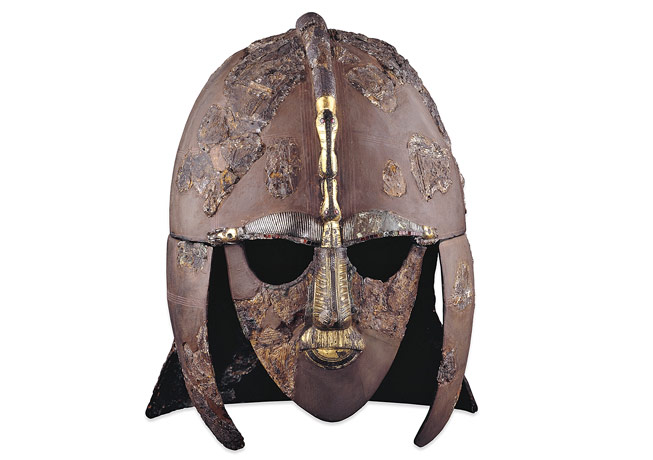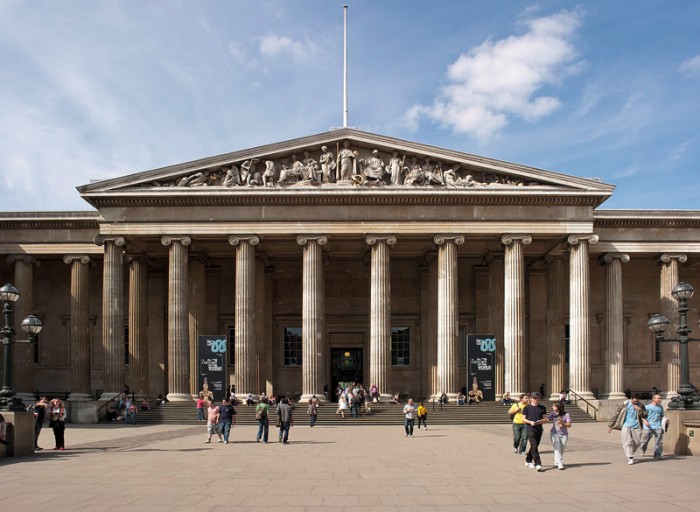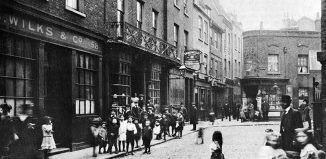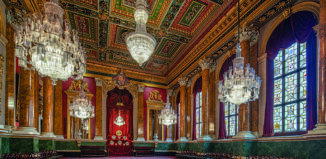Amazing treasures of the British Museum
With almost 8 million items in its permanent collection, the British Museum is an outstanding treasure trove. Here are three of the most amazing items
The Rosetta Stone
One of the most famous treasures of the British Museum, the Rosetta Stone was discovered by Napoleon’s soldiers in 1799 near the town of el-Rashid (Rosetta). When Napoleon was defeated, the stone – the key to unlocking the mystery of how to decipher hieroglyphs – became the property of the British. It can now be found in the Ancient Egypt section, with a copy available for closer inspection of its famous three scripts (hieroglyphs, demotic and Greek) in the Enlightenment gallery.
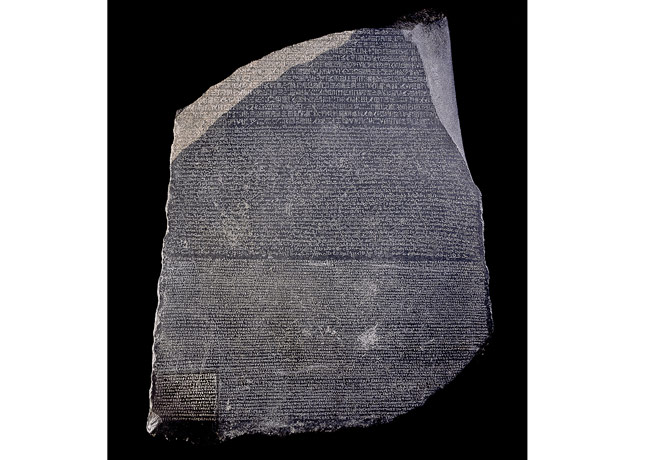
Lewis Chessmen
No one knows how the mournful-looking Lewis Chessmen, discovered in the 1830s, came to be buried on the Isle of Lewis, but a favoured theory is that a merchant trading between Norway and Ireland buried them on the island for safekeeping. Carved from walrus ivory and whales’ teeth, the extraordinary expressive pieces date from the late 1100s.
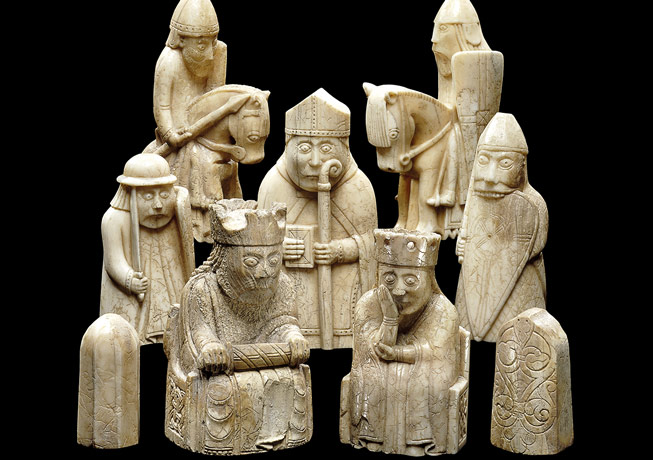
The Sutton Hoo
Another glorious tale of buried treasure is the story of Sutton Hoo – a real-life ghost ship found in the garden of Edith Pretty in 1939. Dating to the early AD 600s, the ship contained the burial chamber of an Anglo-Saxon leader, possibly a king, with sumptuous gold jewellery, a lavish feasting set, and an ornate iron helmet (right), which appears alongside an exquisite reconstruction.
